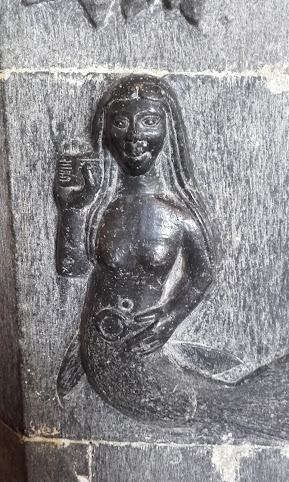Welcome to our First Friday Series

Mermaid with comb and mirror in hand We are delighted to have started our First Friday Series, a range of talks designed to tell both the story of the workhouse poor and promote the wealth of built, natural, and cultural heritage in Galway. The Series is a fundraising event, one that hopes to increase income for the Irish Workhouse Centre at a time when tours and visitors can't be welcomed in the usual way. The Series was led via Zoom on 5th March by inaugural speaker Dr. Christy Cunniffe whose presentation on Medieval Ecclesiastical Heritage in Galway had to be repeated the following week due to demand. Christy referred to his home parish of Clonfert as well as other sites at Grange, Dunmore, and Kilconnell. Online interest came from Ireland, the UK, the US, Canada, Australia, and Egypt! The next talk on 2nd April by David Broderick focuses on the Workhouse Master, his profile, role, and living, both in Ireland and the UK. Talks can be booked individually for €5 or as part...





